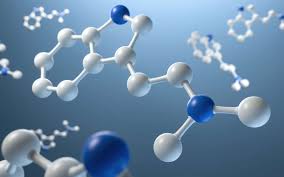What are Bioplastics and Biopolymers #Biopolymer Conference 2023 #May 15-16, 2023 | Singapore City, Singapore

Bioplastics and Biopolymers It’s not easy to answer the question of What are Bioplastics? The definition of “bioplastics” is not definitive or universal because not everyone agrees on the definition. here are two attributes related to the word bioplastics. We could say that bioplastics could be divided into two pillars: bio-based and bio-sourced or biodegradable and compostable The Oxford Dictionary defines “bioplastics” as a type of biodegradable plastic derived from biological substances rather than petroleum. This is what we call “bio-based”. The “bio” refers to biological.


